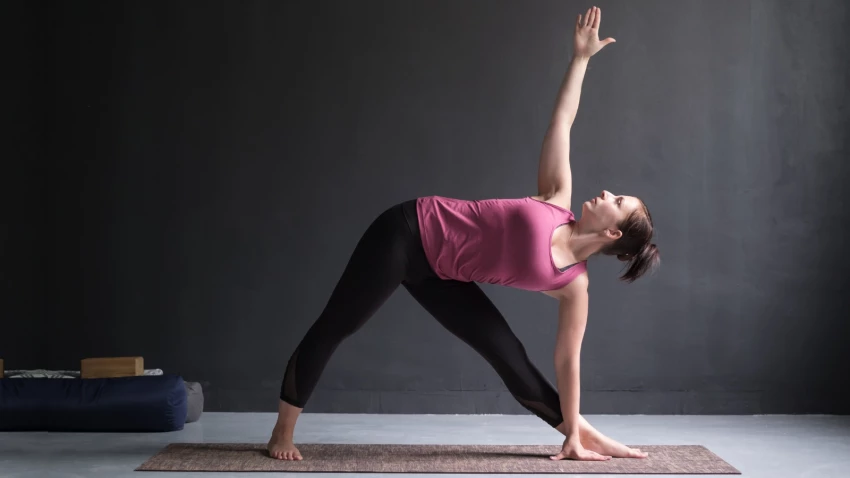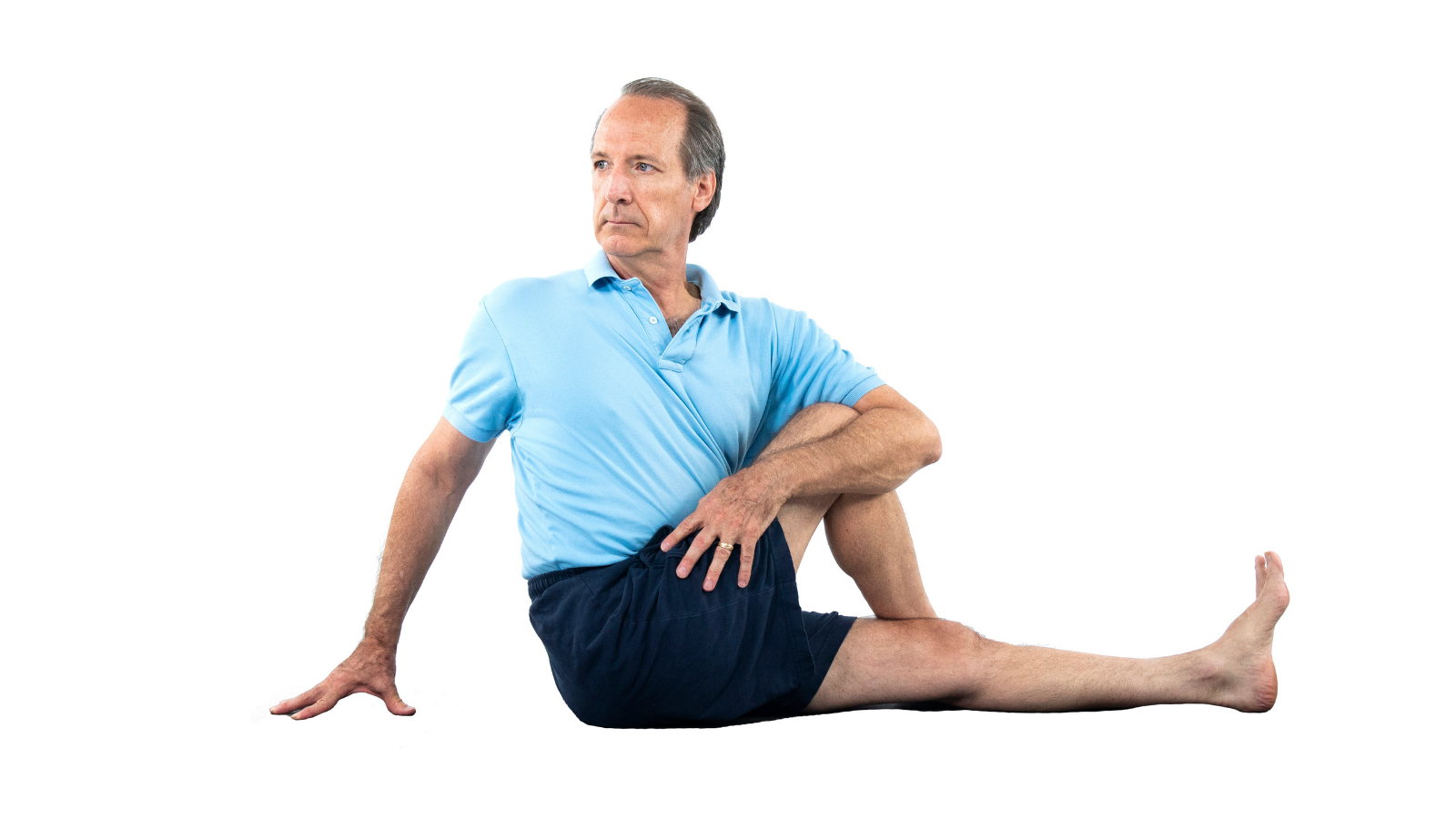The Practice of Rooting in Yoga

Lynwood L. Giocomini said, “Like a gardener, I believe what goes down must come up.” A gardener may believe that what goes down must come up, but a yogi believes that what goes down, and how decisively it goes down, determines what comes up, and how high. This makes rooting in yoga one of the practice’s most important and elemental concepts.
Connections between gardening and yoga are, it seems, as plentiful as seeds on a sunflower. In the garden of our practice, we cultivate our poses. Sometimes we have to pull out weedy bad habits. Always we have to till, prune and water. Neglect usually results in decay, but sometimes, as with a perennial tucked away in a far corner, poses bloom when we least expect them to. And then there’s patience: in a garden, as in a yoga practice, nothing happens overnight.

Rooting in Yoga: What Goes Down Must Come Up
But of all the links from your mat to your garden, nothing is more fundamental than understanding that what goes down must come up. Learning to root down will revolutionize your yoga practice because it gives you the ability to lift up and create space in your body. In essence, whatever body part is in contact with the floor presses down.

In standing poses (see Triangle Pose photo at top) the rooting is in your feet. In Downward Facing Dog Pose (Adho Mukha Svanasana), it’s your hands and feet. In Headstand Pose (Sirsasana), your forearms and the crown of your head root down, and in straight-leg seated poses, you root your sitting bones and legs.

Why does rooting in yoga poses work? Think about a tennis ball. Drop it and it will bounce, a little. Hurl it to the ground and it will fly back up again, the size of the rebound a mirror image of the force that sent it to the ground.
The next time you take a yoga pose, first find the root. Take your mind to the place that goes down. Press it down for a long moment, and see what lifts.
Also, read...
Is Knee Hyperextension Bad? 4 Triangle Pose Hacks for Hyperextended Knees
Finding Freedom Through Practice: A Book Review of Practicing the Yoga Sutras by Carroll Ann Friedmann
Yoga Pose Primer: Malasana (Garland Pose) – Strengthen Your Pelvic Foundation
Related courses
Keys to Effective Yoga Teaching: The Most Important Takeaways from a Life of Teaching
Yoga and Detoxification: Tips for Stimulating Lymphatic Health
Free Download! Sacred Teaching, Simple Truths: Five Decades of Yoga Wisdom

Eve Johnson taught Iyengar Yoga for 18 years before being introduced to Spinefulness in 2016. Convinced by the logic, clarity, and effectiveness of Spinefulness alignment, she took the teacher training course and was certified in July 2018. Eve teaches Spineful Yoga over Zoom and offers an online Spinefulness Foundations course. For course information, go to http://spinefulness.ca.


